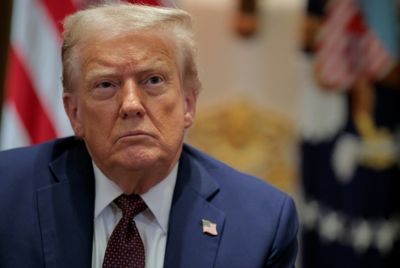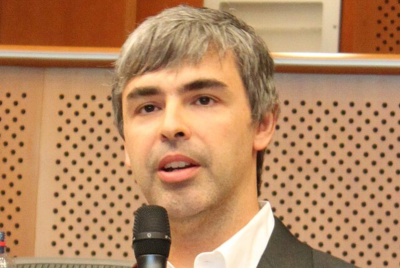Trump Teases $2,000 Tariff Dividend but Rich People Not Included
Trump claims tariff revenues have surged in 2025 and is now considering sharing the windfall with Americans.

President Donald Trump believes that his tariff policies have significantly increased America's wealth in 2025, and he is now exploring ways to share some of this financial success with ordinary Americans.
A new proposal gaining attention from the White House is the concept of a tariff dividend. In a post on Truth Social on 9 November 2025, Trump declared, 'People that are against Tariffs are FOOLS! We are now the richest, most respected country in the world, with almost no inflation, and a record stock market price.' This, after the US-China trade war has been temporarily halted following both countries' agreement to a one-year moratorium on tariffs and reciprocal tariffs.
He suggested a minimum $2,000 dividend per person, explicitly excluding high-income individuals from receiving the payout. While the specifics remain unclear, US Treasury Secretary Scott Bessent stated he has not discussed the idea directly with the President but mentioned that the dividend could take various forms.
Dramatic Rise in Tariff Revenues
The move towards higher tariffs has significantly bolstered federal revenue. The Committee for a Responsible Federal Budget published the monthly Treasury statement for 2025, revealing that the US government collected $195 billion in customs duties this fiscal year — a staggering $118 billion increase (150%) compared to 2024.
Since the implementation of Trump's tariffs, monthly customs duties have surged from $7 billion in January to $30 billion in September. The Trump administration estimates that these tariffs could generate as much as $3 trillion over the next decade, after accounting for offsetting effects on income and payroll taxes.
The Treasury report also indicated that this revenue could cover approximately two-thirds of the primary deficit caused by the One Big Beautiful Bill Act (OBBBA), which was signed into law on 4 July 2025. Over 10 years, the tariffs could cover about 80% of the deficit, assuming current projections hold.
However, the legality of these tariffs remains under review. The US Supreme Court has yet to settle on whether the tariffs are lawful. If found illegal, the Trump administration would be obliged to refund billions in tariff revenues. An adverse ruling could also impact some trade agreements, with a decision expected in the coming months.
Ongoing Trade Negotiations and Deals
The primary focus of recent US trade policy is to lower tariffs, particularly in the US-China relationship. Beijing has committed to cracking down on fentanyl exports to the US. China is also resuming the purchase of US soybeans and volume commitments on other goods.
While Trump has indicated he does not intend to impose a 100% import tax, he expects the suspension of China's rare-earth export restrictions to continue. Tariff rates vary across countries, with the UK paying the lowest at 10%. Notably, the UK pays 25% tariffs on steel and aluminium, rather than the 50% applied elsewhere.
Prime Minister Keir Starmer has highlighted that the US-UK Economic Prosperity Deal (EPD), signed in May 2025, is just the beginning of a broader economic partnership.
Stimulus Checks and Future Plans
Trump has floated the idea of providing stimulus payments to all Americans, but legislation from Congress is needed before anything can materialise. His broader aim is to use the revenue generated from tariffs to reduce US debt and distribute dividends to citizens — excluding the wealthy.
One proposed approach involves depositing $2,000 directly into individuals' health savings accounts to cover medical expenses. However, Treasury Secretary Bessent noted that any such proposal depends on the government reopening, and negotiations to end the shutdown are reportedly nearing agreement.
© Copyright IBTimes 2025. All rights reserved.





















